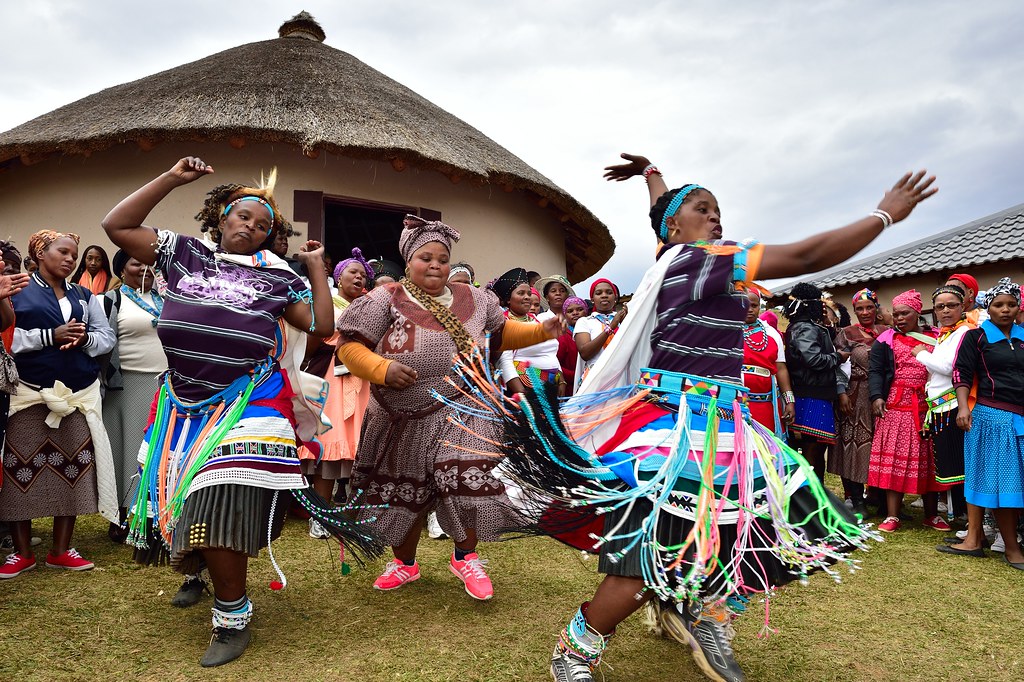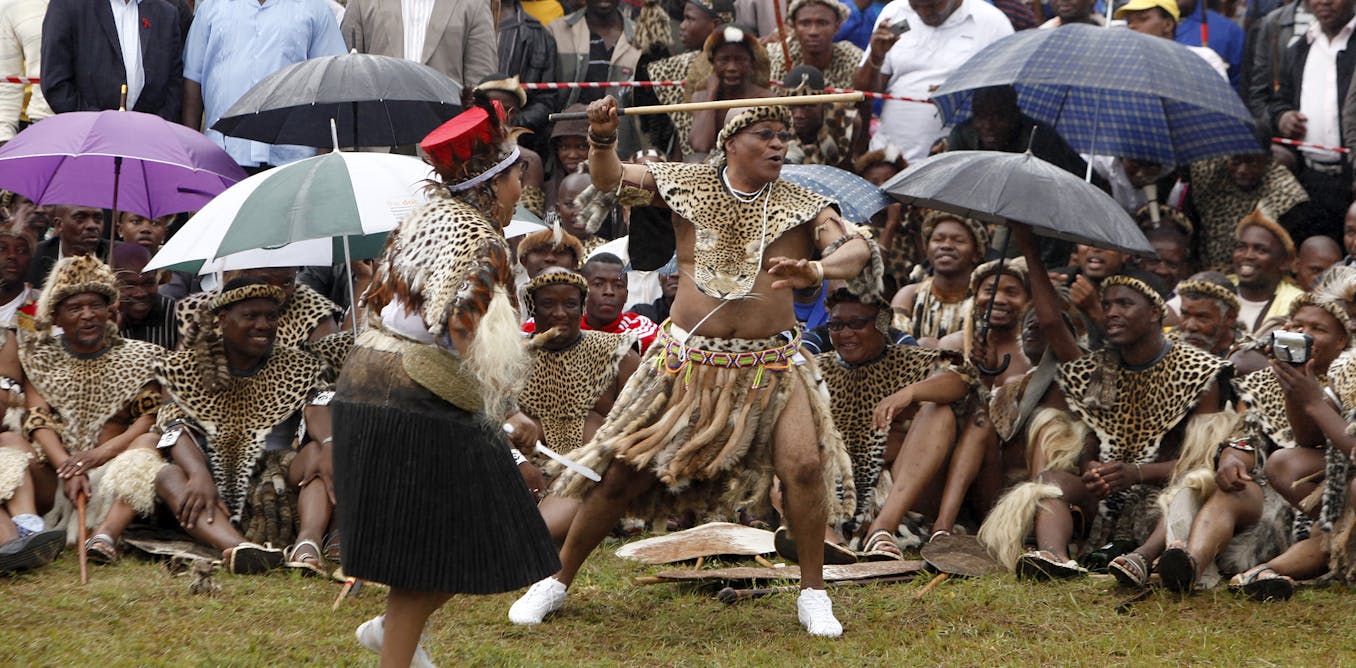The 20-Second Trick For South African Culture Today
The 20-Second Trick For South African Culture Today
Blog Article
South African Culture Today Can Be Fun For Anyone
Table of ContentsSouth African Culture Today Things To Know Before You Get ThisSome Known Facts About South African Culture Today.5 Easy Facts About South African Culture Today DescribedMore About South African Culture TodayThe Main Principles Of South African Culture Today The Basic Principles Of South African Culture Today
This follows with singing and drum beating. The new bride and groom then meet the seniors and chat about the relevance of their union. A matter of significance in Zambian towns is the passing away of loved ones. All participants of the town put money, time and initiative with each other for the burial of the deceased.During the mourning duration; males remain outside your house and the ladies stay inside your house of the deceased. After chatting about the deceased, the village walks to the location of funeral to claim their last goodbyes. Music and dance is an extremely crucial facet of the Zambian society. The numerous tribal devices have their very own dancing forms; nevertheless, makishi is typical among all people.
Little Known Questions About South African Culture Today.
When it pertains to music, drums are made use of the most, with a selection of drumming ceremonies. In Zambia, bulk of individuals are Christian; Protestant and Roman Catholic. There are small teams of Muslims and Hindus, with the remainder complying with local indigenous tribal beliefs.

South African heritage and culture is profoundly varied, and includes numerous different groups of people that each have their very own customs and ideas. Having such a variety of individuals and societies is what makes South Africa so one-of-a-kind. In truth sense of the phrase, we are a rainbow nation.
Making it the 7th on the list of countries with the most Portuguese people in it outside of Portugal. Portuguese is not just a society, yet it is likewise a language and a citizenship. Portuguese people originate from the nation of Portugal in Europe, nonetheless, due to Portugal (like several various other countries in Europe) exploring the globe and overcoming other countries throughout the 15th 20th centuries, South Africa has what we call Portuguese South African's living in it.
South African Culture Today Fundamentals Explained
Among the famous functions of the topography is a plateau that covers practically 2 thirds of the center of the nation. The plateau complex climbs toward the southeast, where it culminates in the Drakensberg array, part of a cliff that separates the plateau from the seaside locations. The Drakensburg includes Sparkling wine Castle, the highest height in the country.
The region north of the Witwatersrand, called the bushveld, inclines downward from east to west toward the Limpopo River, which creates the international boundary. The western area of the plateau, the middleveld, likewise descends in the direction of the west and differs in elevation in between the highveld and bushveld. Between the Drakensburg and the eastern and southern coast, the land comes down to the sea.
Nearer the coastline there is a low-lying level called the eastern lowveld. Southwest of the plateau the nation becomes considerably more arid, paving the way to the stony desert of the Great Karroo, verged on the eastern by the reduced, better watered plateau of the Little Karroo. Dividing the completely dry southern interior from the sandy littoral of the southerly shore and West Cape is another variety, the Langeberg.
South African Culture Today Can Be Fun For Anyone
The nation's racially, ethnically, and politically divided history has generated nationwide and subnational icons that still operate as icons of the nation, and others signs that are accepted only by specific groups. The monuments to white inhabitant occupation and political prominence, such as the Afrikaner Voortrekker ("leader") Monument in Pretoria and the Rhodes Monument honoring the British colonial realm building contractor and Cape prime minister Cecil Rhodes, remain sectarian symbols.
The initial contemporary inhabitants were the San ("bushman") hunter-gatherers and the Khoi ("Hottentot") individuals, that rounded up livestock (South African culture today). The San may have existed for hundreds of years and left proof of their existence in thousands of old cavern paintings ("rock art"). Bantu-speaking clans that were the ancestors of the Nguni (today's amaZulu, amaXhosa, amaSwazi, and vaTsonga individuals) and Tswana-Sotho language teams (today's Batswana and Southern and Northern Basotho) migrated down from eastern Africa as early as the fifteenth century

The two former republics of the Orange Free State and Transvaal (South African Republic) were developed by Afrikaner settlers that beat and dispossessed the Basotho and Batswana. Lesotho would have been by force incorporated into Home Page the Orange Free State without the expansion of British protection in 1869. The best unification of the country arised from the South African Battle (18991902) between the British and both Afrikaner republics, which lowered the country to wreck at the beginning of the twentieth century.
Afrikaners historically considered themselves the just real South Africans and, while giving complete citizenship to all residents of European descent, rejected that condition to individuals of color up until the autonomous change of 1994. British South Africans retain a sense of social and social link to Great Britain without compromising their identification as South Africans.
6 Easy Facts About South African Culture Today Described
The variety and fragmentation within ethnic groupings and the equilibrium of stress in between those groups during the twentieth century prevented interethnic civil dispute. While intergroup tensions over resources, entitlements, and political dominance remain, those conflicts are as likely to match Zulu versus Zulu as Zulu versus Xhosa or African against Afrikaner.
From colonial India, British vendors and administrators brought the curved steel decorative roofs and slender shoelace job pillars that still exemplify the outdoor patios of homes in towns and cities throughout the nation. Residences of prayer add an essential architectural element even in the smallest communities. Along with the skyrocketing steeples and classic stonework of Afrikaans Dutch Reformed churches, Anglican churches, synagogues, mosques, and Hindu shrines give range to the religious architectural scene.

Slaughtering and the developing of conventional grain beer are vital in safeguarding the involvement and a good reputation of the ancestors who are taken into consideration the guardians of good luck, success, and wellness. Indian areas maintain their native cooking practices and apply them on Islamic and Hindu ritual and ritualistic celebrations. Afrikaners and Coloured people gather at weekend breaks and unique occasions at multifamily barbeques called braais, where area bonds are strengthened.
Because this was the main financial venture of both black Africans and white colonists, dispute in between those teams fixated the belongings of grazing land and animals. In 1867, the biggest ruby down payments on the planet were discovered at Kimberley in the west central area. The riches from those areas assisted fund the exploitation of the best gold coral reef worldwide, which was uncovered on the Witwatersrand in 1886.
South African Culture Today Can Be Fun For Everyone
This caused misconceptions and intentional misstatement in the negotiations of white settlers and government authorities with African principals during the colonial duration (South African culture today). In the facility of African books, some aspects of communal and primarily "tribal trust fund" land tenure were preserved, and also in white country areas, forms of public period were still practiced in locations with African areas
After the democratic transformation of 1994, programs for land restitution, redistribution, and reform were set up, however progress has actually been sluggish. The wikipedia reference white minority have a peek at this site still controls eighty percent of the land. Following agricultural land invasions in Zimbabwe, the Division of Land Affairs has actually promised to speed land redistribution.
Report this page